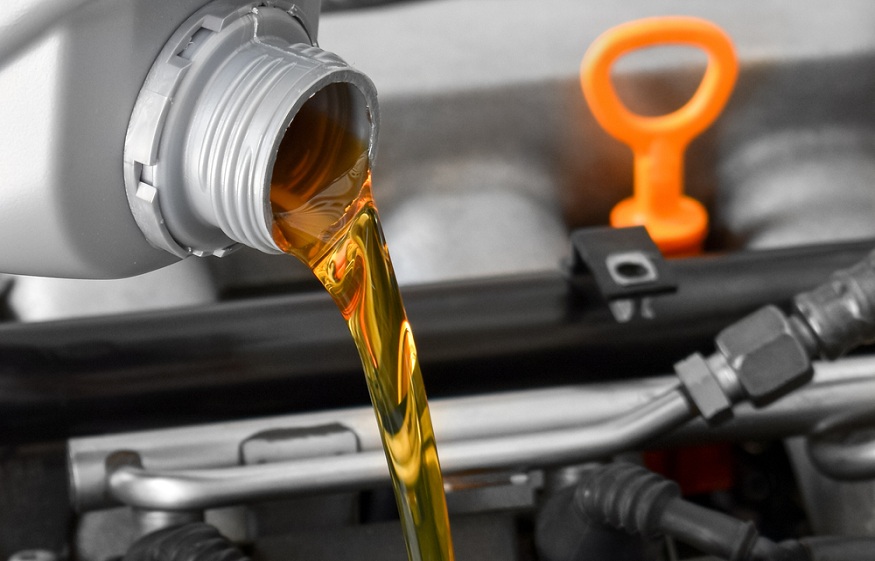The Ultimate And Easy Guide About Aeroponic Farming For Newbies
Aeroponics and hydroponics are often considered the same, but the actual reality is there are some major and minor differences between them. Aeroponics was derived from the Greek words, which means ‘air’ and ‘work.’ Aeroponics is all about using the air to make your plants healthier, denser, and highly productive.
Not only can you make your crops healthier and productive, but also delicious and highly-rewarding. Various myths revolve around aeroponic farming, and people don’t know how it is different from hydroponics farming. Today, in this post, we’ll discuss some relevant facts about aeroponics, and this guide will be advantageous for beginners.
A Quick Overview About Aeroponics
Aeroponics is one of the modern agriculture methods where the plants’ roots are exposed to air, and specific water-based solutions are used for delivering nutrients to the plants. The water-based solutions are used via mist and sprayers.
Nevertheless, aeroponics became popular in recent years, but this method was actually introduced more than a century back. In that era and today’s data, aeroponics farming is getting advanced day-by-day, but still not 100% successful in some Asian countries.
NASA is actually the one making aeroponics farming more accessible to everyone. Furthermore, NASA also claims that aeroponics farming will actually replace the traditional farming method in the upcoming future.
What Are The Major Differences Between Hydroponics And Aeroponics?
Now many believe will disagree with the fact that hydroponics and aeroponics are different in multiple ways. The term ‘hydroponics’ means minimal soil, water, and manure is used for growing plants.
The systems of both hydroponics and aeroponics are different, and even the water-based solutions used for delivering nutrients to the plants is also dissimilar. In hydroponics, you’ll need water-based solutions and any growing medium for delivering nutrients, moisture, and oxygen for preventing rotting.
In aeroponics farming, the systems generate small water droplets of water-based solutions for delivering the nutrients to the plants. Above all, the environment of the plants grown by using aeroponics farming is also misty.
Believe it or not, in hydroponics farming, some soilless growing mediums are required for boosting the plants’ growth rate. But, in aeroponics farming, no growing mediums are needed apart from the starter cubes.
What Are The Primary Advantages Of Investing In Aeroponics Farming Systems?
- No need for a larger space.
- Minimal risk of pests and other harmful disorders.
- No pollution in the environment.
- Proper analysis of the plants’ growing conditions.
- The farming systems are flexible and easy to install anywhere.
- You can consider aeroponics farming round the clock and throughout the year.
Is It Possible To Build DIY Aeroponics Systems?
Yes, building your DIY aeroponics systems is possible, and you’ll save your hard-earned money. You have the freedom to choose your materials and build the systems as per the space availability. Plus, the installation process of DIY aeroponics systems is also super easy.
Wrapping Up
Many commercial and ready-made aeroponics systems are also available in the market; you can also get them as per your requirements. We hope that now with our beginners might have understood the basics of aeroponics farming.



